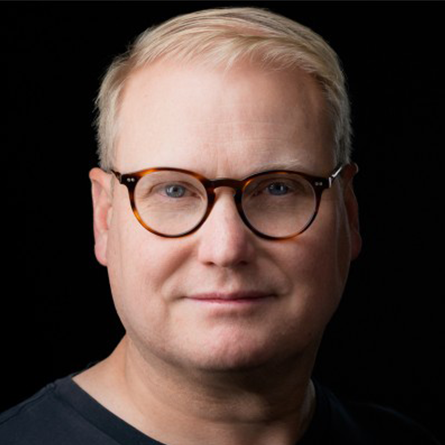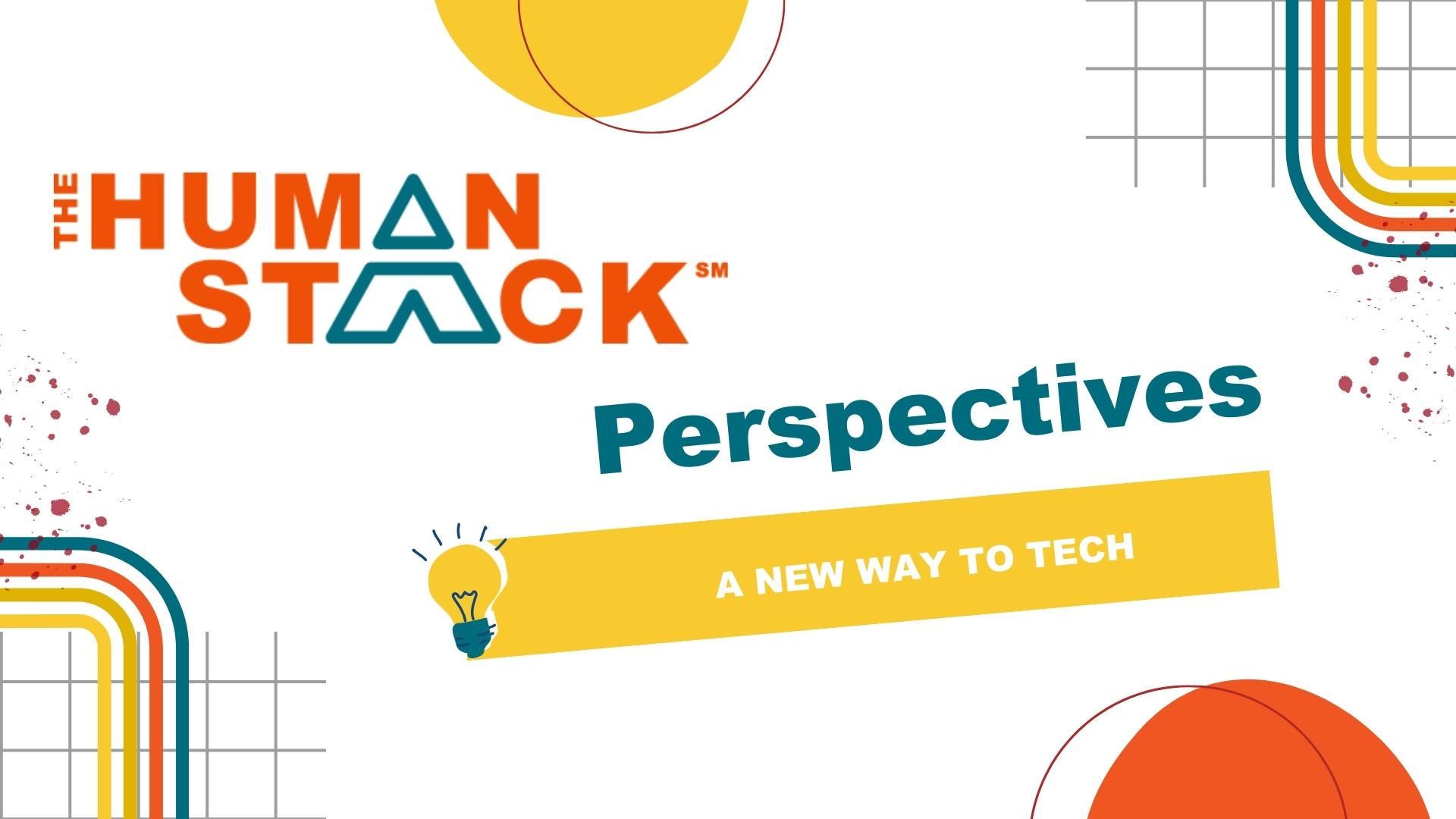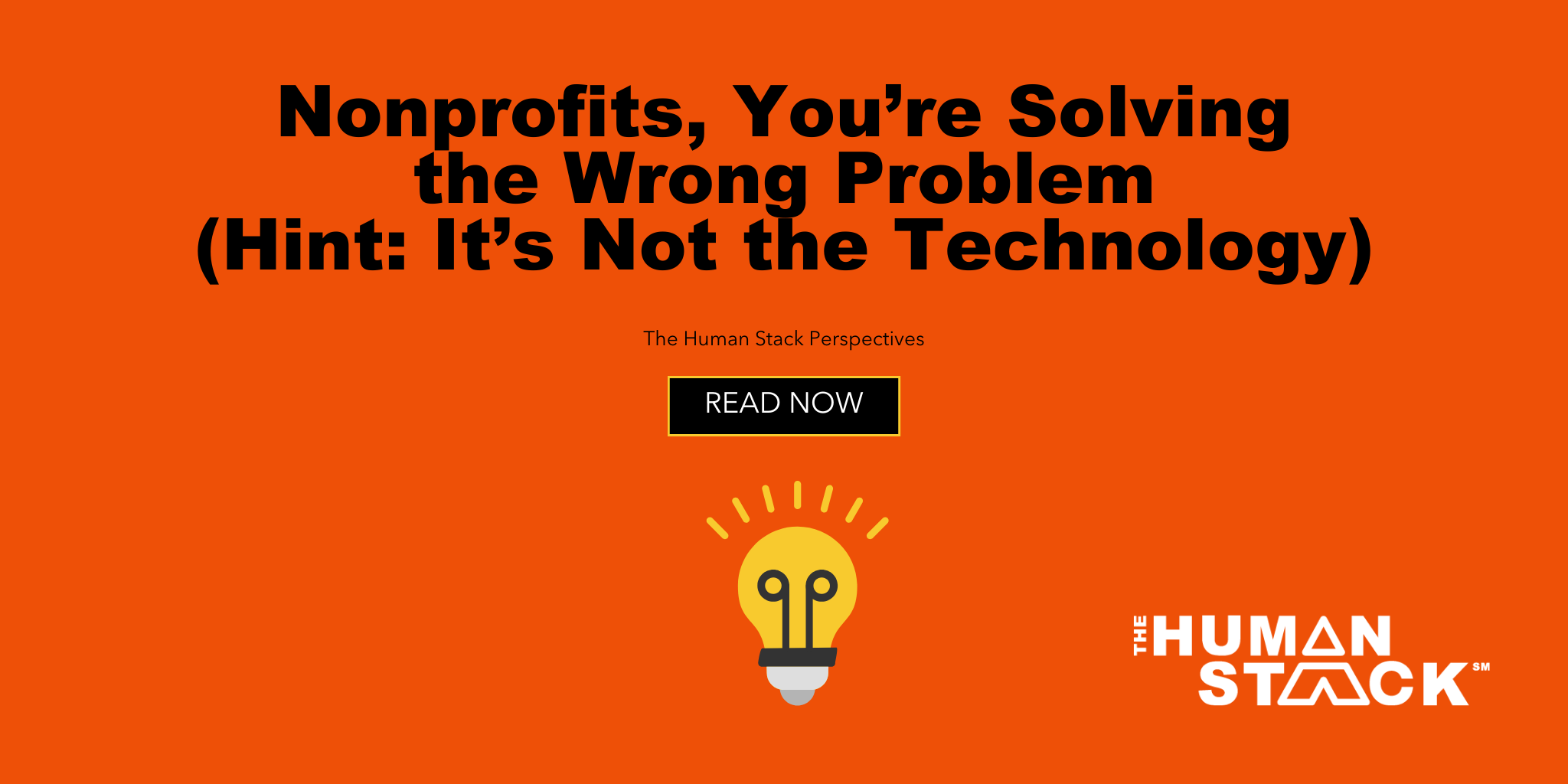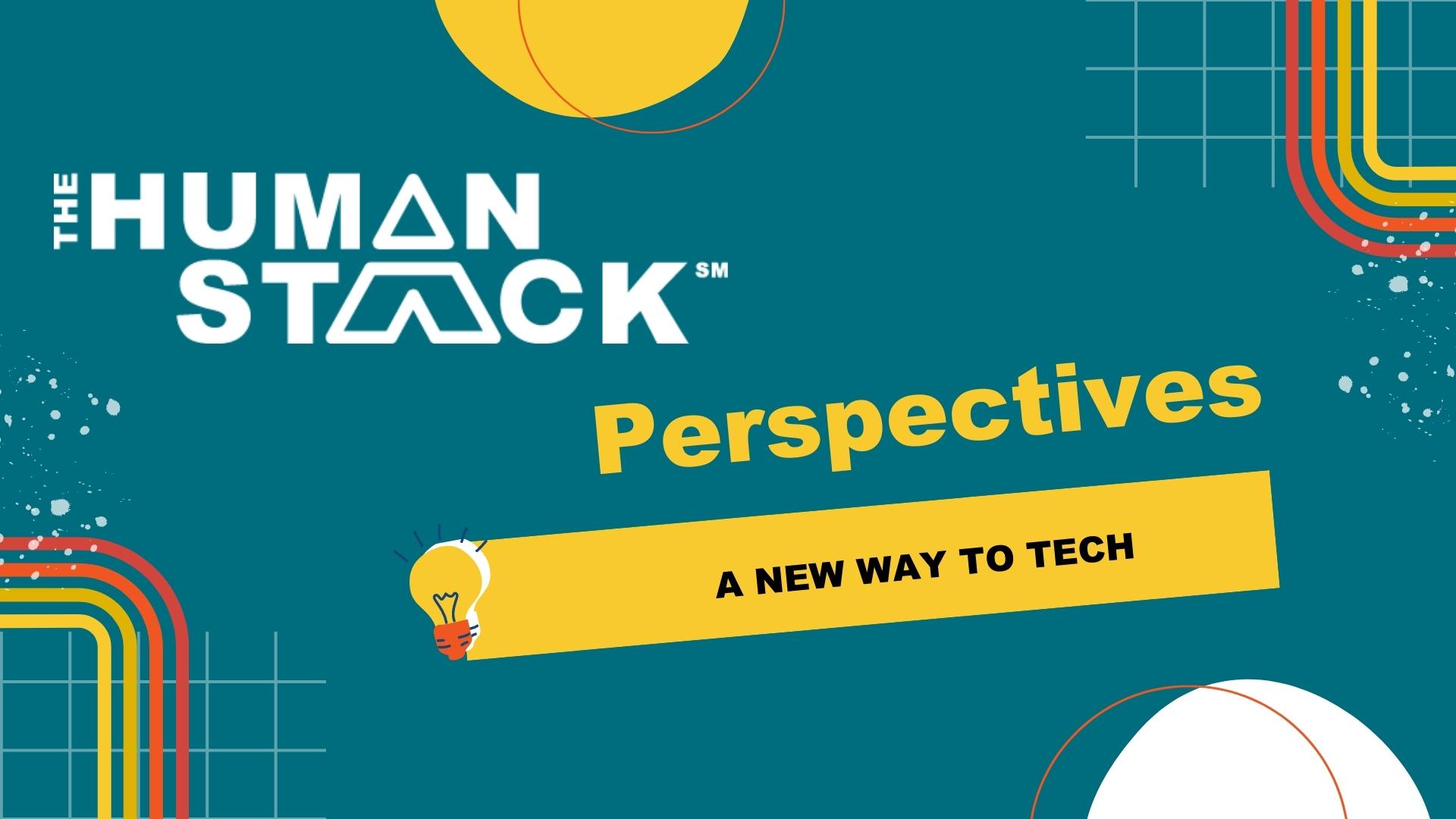3 min read
The And Times: How the Common Data Model Enables Nonprofits to Use Multiple CRM Platforms
 Tim Lockie
:
October 29, 2020
Tim Lockie
:
October 29, 2020
Until now, when it comes to large systems, you’ve had to choose one OR another. When boards and executives got frustrated enough with bad data to act, a hunt for the perfect system would start, RFPs would be sent, a platform selected, and migration would begin.
This migration was required because of a fundamental OR clause in systems. You had to select Salesforce or Blackbaud. But times are changing! There's a shift in the wind around technology that will change the way systems are selected over the next few years. I'm calling it The And Times.
The And Times:
What's coming next is using both one system AND another. This option is being made possible by a decrease in the cost of transferring data from one system to another through a data standard.
To set the stage, let's go back to the days of Mac vs PC. From 2006 to 2009, Apple ran an ad campaign called “I’m a Mac, I’m a PC.” Each ad told a mini-story about why Macs were better. For PC users they were agonizing (here’s a great one!); for Mac users they were entertaining.
In 2006, it mattered if you were on a Mac or a PC. If you created a document on a Mac and tried to open it on a PC, it would sometimes work. . . but often not. There were two versions of every application: Excel for PC, Excel for Mac, Quickbooks for PC, Quickbooks for Mac (don’t even get me started on that one). My point is that you had to choose between these options and that choice drove all future decisions.
The Key Benefits of a Nonprofit Common Data Model
There is a need for the nonprofit impact industry at large to have a common data model. This approach will have the following benefits:
- Decrease the effort of data migration and installation.
- Decrease the challenges of multi-platform solutions.
- Increase the creation of plug-and-play solutions and products across platforms.
- Multiply options for technological functionality with platform interdependence.
This is an endeavor that elevates the entire nonprofit ecosystem –and I believe it is necessary to effect the changes and outcomes outlined by the SDGs. It will, over the next 10 years, diminish countless hours of time focused on data manipulation and migration and increase every consulting partner’s ability to help nonprofits be better nonprofits.
A nonprofit Common Data Model represents an opportunity comparable to the Nonprofit Success Pack in 2009. Conversations with customers included an analysis of a custom build on Salesforce or using NPSP for nonprofit business processes. For a long list of reasons (most of which were future-facing at that time), we recommended the NPSP:
- Growing community of other users
- Better documentation
- Ability to ask questions and get answers efficiently
- Decrease in build costs and maintenance going forward
- The community building enhancements,
- Regular releases (which was a future promise before 2014).
Salesforce.org should be incredibly proud of setting what would become the gold standard of platform engagement: defining and ensuring that nonprofits have the technological means to support their work.
Using the Common Data Model Across Initiatives
Now IT Matters advises our Indpendent Software Vendor (ISV) clients to build with the CDM as a central framework whether their product addresses fundraising, events, philanthropy, human services, or humanitarian aid. Building with a Common Data Model is a means of futureproofing that ISVs and others have not had the luxury of building towards previously. We opted to become Microsoft Fundraising and Engagement Launch Partners because it’s the first enterprise fundraising tool integrated with the CDM.
Leveraging the Common Data Model to Acheive the SDGs
We're at the beginning of The And Times. Instead of thinking "or" we must think "and." We must work together and be willing to collaborate in new ways. This is what it will take to achieve the Sustainable Development Goals by 2030. As Kate Behncken of Microsoft stated, “If you want to go far, you must go together.”
With nonprofits able to leverage a Common Data Model for fundraising, program management, impact tracking and more, we will increase our ability to truly generate positive social impact. Like the SDGs, the CDM isn't perfect. And, like the SDGs, it doesn’t need to be. For now, it just needs to work as an accepted standard. The nonprofit Common Data Model is becoming recognized by actors large and small see it as an innovative means to help nonprofits achieve their hopes towards changing the world. The nonprofit Common Data Model will also provide alignment across an entire industry.
Positive Social Impact is Bigger than Brands
The sustainability of our planet is dependent on the impact we humans can make in the next decade, and that impact is bigger than Salesforce, Microsoft, or any other brand. At #NetHope's annual conference Kate Daniels shared an example of this when she described the journey that Oracle/Netsuite made when they teamed up to create a solution for Oxfam on the CDM. This is the moment to work together. Watching industry and nonprofits come together is beyond inspiring. Frankly, it reignites my sense of hope and my committment to do #moregoodbetter –something we all need during this critical moment in history.






